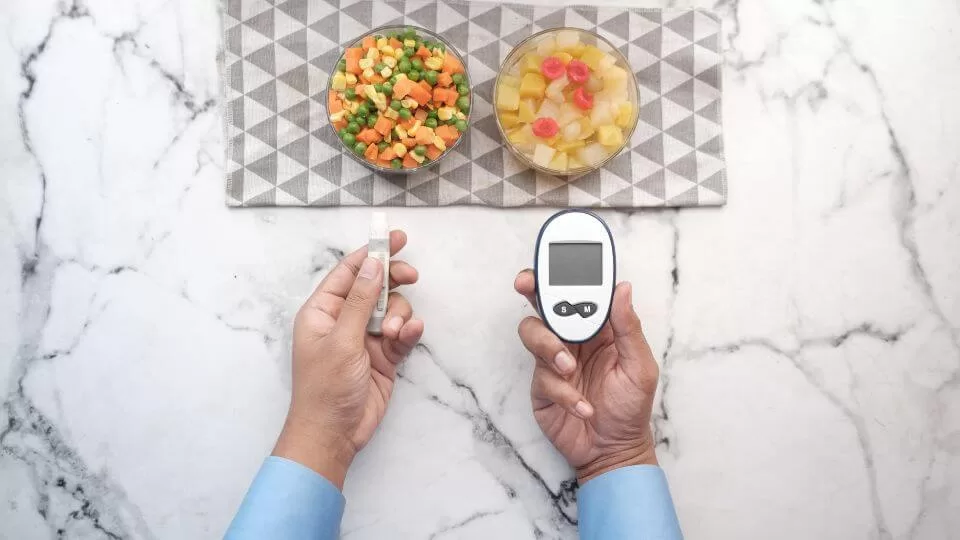
Beer is high in simple carbohydrates, which are harder to metabolize and absorb into the body. While alcohol contains some nutrients, it also has a number of harmful ingredients, such as empty calories, vitamin B12 deficiency, aluminum toxicity, zinc toxicity, and the hopping chilies as turned into red meat and ground beef. For example, white light beer has 7.5 to 9.2 percent carbs and 45 to 55 percent fat.
A variety of grocery store items are high in simple carbohydrates as well, such as white bread, corn chips, crackers, cereals, some soups, and pasta and tomato sauce. sugar, and corn syrup. These items are surprisingly high in calories and low in nutrition, especially since many of them are made with high-fructose corn syrup.
The amount of glucose that remains in your blood after you drink a soft drink or beer may double within an hour, up to three hours after drinking a regular, and sometimes up to eight hours. The glucose is absorbed and metabolized within a few hours after drinking soda, and more than 99 percent of it is eliminated from the body by the next morning. But during the night, when your body tends to be less active, glucose levels in urine maybe 75 percent higher, according to a recent medical study.
Simple carbohydrates are metabolized and absorbed rapidly, while complex carbohydrates take longer. Stiffness is sometimes caused by enzymatic processes, so if you are diabetic, it is important to drink a glucose drink a few hours before meals to replenish amounts used during digestion. Glucose right before a meal will not only increase glycogen levels but also help raise insulin levels, which are responsible for regulating metabolism and blood sugar. A study of twenty-one people with type 2 diabetes showed that control blood glucose levels were significantly reduced, the primary source of information for the body in maintaining blood sugar levels.
Glucose is normally removed from the body by the sugar unit called glucose, or glycogen, which is split into glucose and carbon dioxide. The remainder of the day’s glucose is stored in liver cells until the next mealtime. During the night, glucose levels in liver cells reach zero in a process that is called gluconeogenesis. The liver stores glycogen to ensure that there is always a source of glucose available to store and release glucose and is consequently of great importance to people with diabetes.
So how do you control your blood glucose levels? The main source of control lies in a balanced diet, the majority of which contains complex carbohydrates, and smaller amounts of protein. Whether you have diabetes or not, reducing your daily reliance on simple carbohydrates may help to improve blood glucose control. With your physician’s blessing, you may choose a carefully designed diet plan or manage reliance on diet drinks such as sweetened kitchen whites with added vitamin C. Research has shown a diet with a low glycemic index (GI), which is largely restricted to complex carbohydrates, contains as little as 30 percent of all the carbohydrates.
